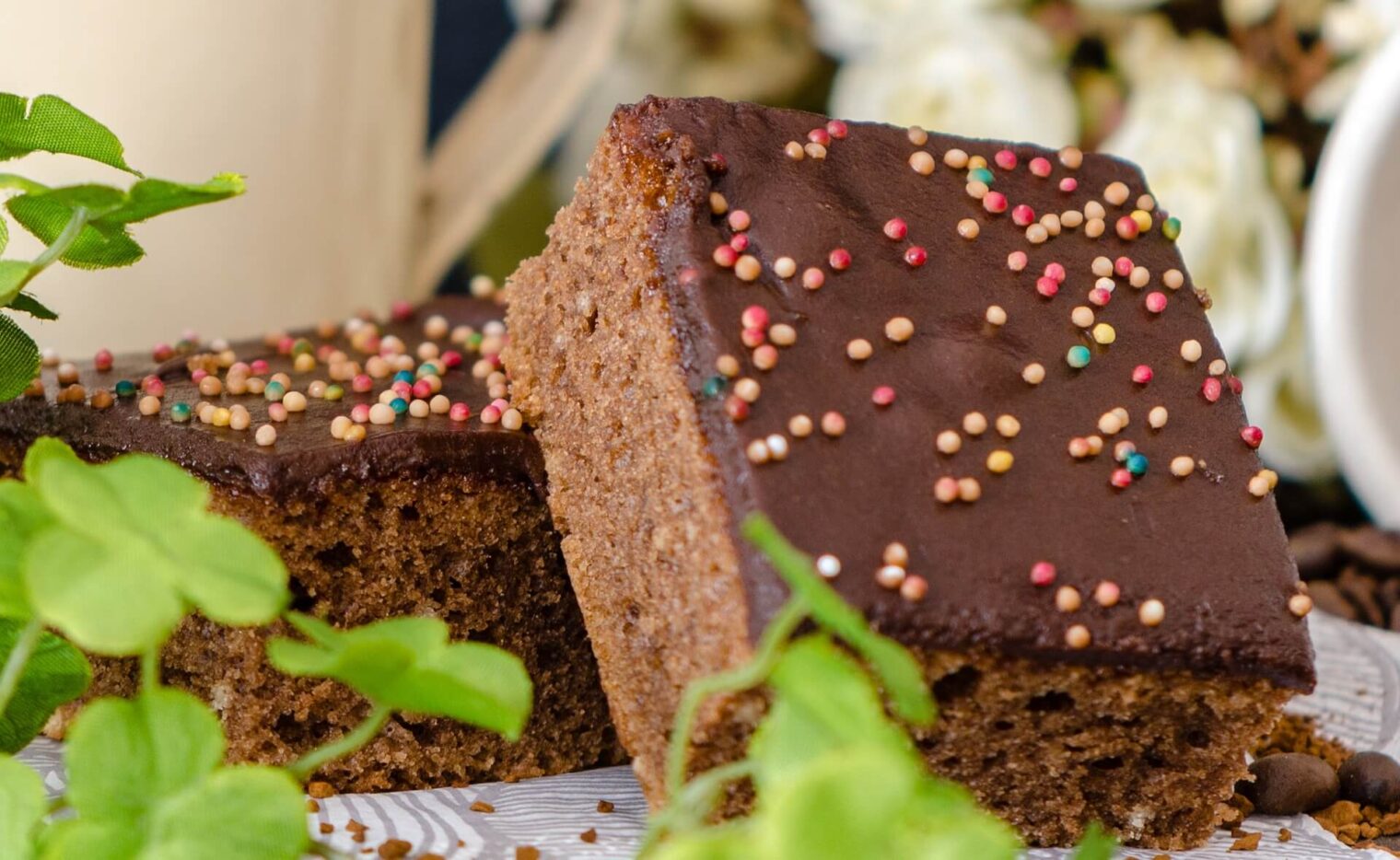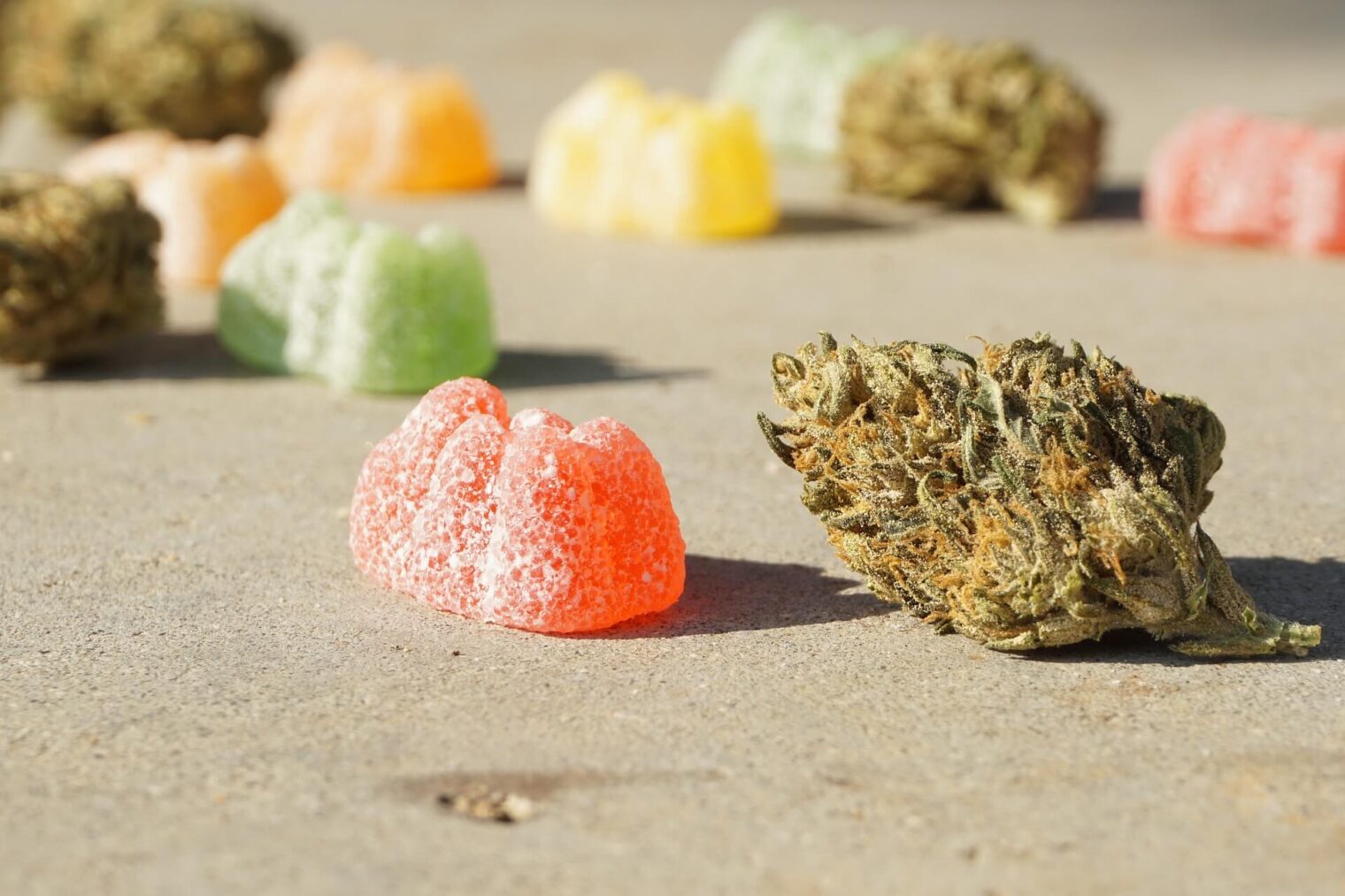Using Cannabis for Cooking: Tips, Techniques, and Recipes
Are you curious about how to use cannabis for cooking? Many people are interested but don’t know where to start. Cannabis can add a unique flavor and effect to meals, creating an entirely new dining experience.
But figuring out how to do it right can be tricky.

Blunts and Flavored Papers
Back in the 1980s, when you wanted to smoke weed, it was always via joints, bongs, or other homemade water-based smoking devices, pipes, and contraptions. There weren’t many brands of rolling papers at the time, and there were no blunts or flavored papers whatsoever. We managed to get by, but in the rapidly changing commercial cannabis market of today, the choice of blunts and flavored papers is simply astounding.
Table of Contents

Cannabis has been used in cooking for centuries, with traditions stretching across the globe from Eastern cultures to Western societies. This blog post will guide you through using cannabis for cooking, including tips, techniques, and recipes that ensure delicious results every time.
Get ready for your kitchen to smell amazing with these cannabis for cooking tips!
Different Types of Cannabis Edibles
There are various types of cannabis edibles with a rich history in both Eastern and Western traditions. From baked goods to savory dishes, the use of cannabis in food has evolved and diversified over time.
History of Cannabis as an Ingredient in Food
Cannabis has long been a key ingredient in ancient culinary traditions. Cultures around the globe recognized its potential and incorporated it into their cooking practices. Early humans discovered that cannabis seeds and oil added nutritional value to their diets, while others appreciated the herb for its unique flavors and psychoactive properties.
This blend of utility and enjoyment propelled cannabis into food cultures across continents.
In medieval times, especially in regions like Asia and the Middle East, cooks began experimenting more boldly with cannabis. They infused it into traditional dishes, beverages, and medicines to enhance physical well-being and spiritual practices.
This historical experimentation laid the groundwork for modern culinary techniques that infuse cannabis into butter, oil, baked goods, and other edibles today. These methods offer a sophisticated way to enjoy marijuana’s benefits while exploring new dimensions in cooking with marijuana recipes.
Eastern and Western Traditions
Both Eastern and Western cultures have a long history of incorporating cannabis into their culinary traditions. In Eastern traditions, particularly in India, the use of cannabis as an ingredient in food dates back centuries, with dishes like bhang (a cannabis-infused drink) being a significant part of religious and cultural festivals.
Similarly, in Western traditions, specifically in Europe, early recipes using hemp seeds and oils were prevalent.
In both traditions, cannabis was used for its potential medicinal properties and as a flavoring agent. The diverse applications of cannabis in cooking across these cultures continue to influence contemporary approaches to infusing it into various dishes and beverages.
Things to Consider Before Cooking with Cannabis
Before cooking with cannabis, understanding the difference between THC and CBD is essential. Selecting the right strain for your desired culinary outcome plays a crucial role in achieving the desired results.
Understanding THC vs CBD
THC and CBD are the two main compounds found in cannabis. THC is known for its psychoactive effects, causing a “high,” while CBD is non-intoxicating and has potential therapeutic benefits.
Understanding the difference between these two compounds is crucial when cooking with cannabis. It affects the potency, flavor, and overall experience of your infused dishes.
Now let’s delve into choosing the right strain for cooking!
Choosing the Right Strain for Cooking
When choosing the right strain for cooking, consider the flavor profile and aroma of different cannabis strains. Opt for a strain that complements the flavors in your dish. If you are making savory dishes, earthy or herbal strains work well; for sweet treats, fruity or floral strains can enhance the overall taste.
Additionally, ensure that the strain’s THC to CBD ratio aligns with your desired effect – whether it’s a calming experience or a more energizing one.
Consider experimenting with different strains to find what works best for your recipes and suits your preferences. The versatility of cannabis offers an array of options to tailor the culinary experience to your liking.
Necessary Kitchen Tools
When transitioning from choosing the right strain for cooking to necessary kitchen tools, having the proper equipment is essential for infusing cannabis into your culinary creations.
The must-have items include a reliable double boiler or saucepan, fine mesh strainer or cheesecloth, a grinder for breaking down cannabis buds, an accurate kitchen scale for precise dosing, and heat-safe storage containers to preserve your cannabis-infused ingredients.
These tools are crucial for creating consistent and safe cannabis-infused dishes while ensuring accurate dosing and effective infusion methods.

How to Prepare Your Cannabis for Cooking
Before cooking with cannabis, it is important to prepare the cannabis properly for infusion. This involves a decarboxylation process and choosing the right method to make either cannabutter or cannaoil.
Decarboxylation Process
The decarboxylation process activates the cannabinoids in cannabis by heating it at a low temperature for an extended period. This crucial step helps to convert non-psychoactive THCA into THC, which is responsible for the intoxicating effects of edibles.
To decarboxylate cannabis, spread ground buds on a baking sheet and bake at 220°F for 30-45 minutes until they turn light brown. This process ensures that your cannabis-infused dishes achieve the desired potency.
Moving on to “Methods for Making Cannabutter and Cannaoil”…
Methods for Making Cannabutter and Cannaoil
After decarboxylating your cannabis, the next step is to infuse it into either butter or oil. There are various methods for making cannabutter and cannaoil, including stove-top, slow cooker, double boiler, and sous vide techniques.
Each method has its advantages; the stove-top method being the quickest but requiring close attention to prevent burning, while the slow cooker method offers convenience for longer infusions without constant monitoring.
The double boiler technique allows for gentle heating to prevent scorching and maintain cannabinoids’ potency. On the other hand, using a sous vide machine provides precise temperature control for consistent infusion results.
To begin with each of these methods:
– When creating cannabutter or cannaoil on a stovetop…
Tips for Incorporating Cannabis into Your Recipes
When incorporating cannabis into your recipes, calculate the dosage carefully and store your edibles safely. Consider potential health effects and alternative uses for cannabis-infused ingredients.
Dosage Calculation and Safe Consumption
To ensure safe consumption of cannabis-infused edibles, it is crucial to calculate the dosage accurately. Start by determining the potency of your infused ingredient and portioning it accordingly to reach the desired THC or CBD content in each serving.
When incorporating cannabis into recipes, consider factors such as tolerance levels and individual sensitivity. Always label homemade edibles with their THC or CBD content per serving to avoid accidental overconsumption.
When consuming cannabis-infused dishes, start with a low dose and wait at least 2 hours before considering another portion. It’s essential to consume responsibly and be mindful of the delayed effects often associated with edibles.
Mixing and Storing Your Edibles
Once you have infused your cannabis into oil or butter, mix it thoroughly with your recipe ingredients. Store any leftovers in a labeled, airtight container away from children and pets.
Keep edibles refrigerated for longer shelf life.
Potential Health Effects and Safety Considerations
When cooking with cannabis, it’s crucial to consider potential health effects and safety considerations. The dosage of THC in edibles can have different effects on individuals, so calculating the proper dosage is essential for safe consumption.
Additionally, storing cannabis-infused ingredients securely is key to preventing accidental ingestion by children or pets. It’s important to be mindful of the potential impact on one’s respiratory system when using cannabis for cooking and take necessary precautions.
Incorporating cannabis into cooking requires careful attention to safety guidelines and responsible consumption practices. Educating oneself about the possible effects and considering safety measures when handling cannabis-infused ingredients are crucial aspects of this culinary endeavor.
Alternative Uses for Cannabis Infused Ingredients
Cannabis-infused ingredients can be used in a variety of recipes beyond traditional edibles. You can incorporate cannabis oil or butter into salad dressings, marinades, and sauces to add a subtle hint of herbal flavor.
Alternatively, infuse your favorite beverages such as teas, coffees, or cocktails with cannabis tinctures for an innovative twist. Additionally, consider using cannabis-infused sweeteners like honey or agave nectar to enhance the taste of your desserts or morning oatmeal.
The versatility of cannabis-infused ingredients allows for creative exploration in the kitchen while introducing unique flavors and potential health benefits to diverse culinary creations.
Using Cannabis for Cooking in 2024
Incorporate these strategies into your cooking to enhance the flavors and effects of cannabis-infused dishes. Ensure you choose the right strain and implement proper dosage calculations for safe consumption. Using cannabis for cooking makes sense, especially if you don’t like smoking.
Experiment with different methods of infusing cannabis into your recipes, such as making cannabutter or cannaoil. Don’t forget to explore additional resources for more creative ideas on incorporating cannabis into your cooking.
Improve your culinary skills by practicing these efficient techniques and enjoy exploring the world of cannabis-infused cuisine!
